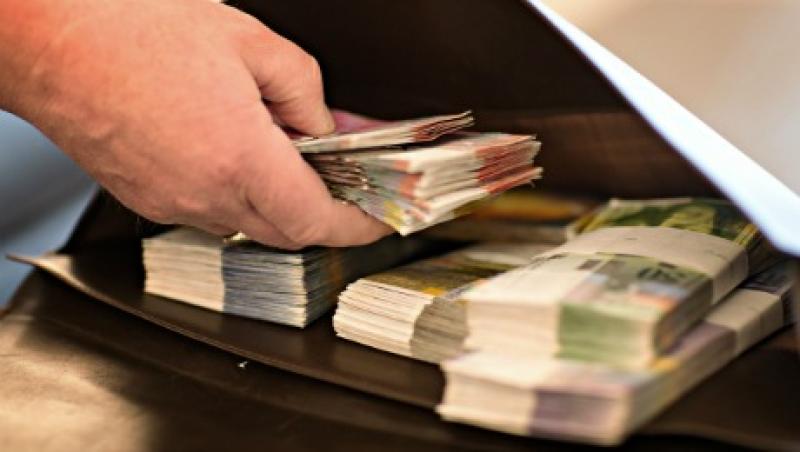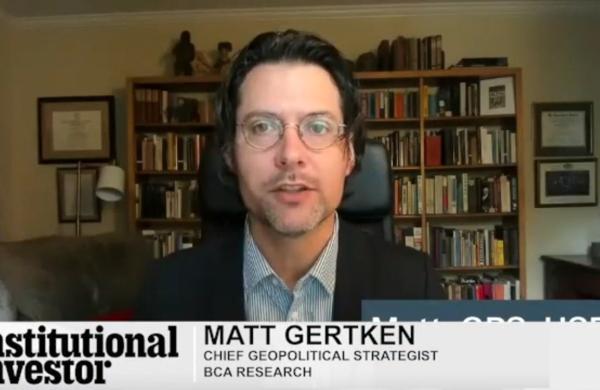The very term “multiasset portfolio” suggests diversification. For such a portfolio to live up to its name, there should be a breadth of asset classes that can help generate much-needed yield. Foreign exchange is no exception.
The currency market reflects what’s happening in the greater macroeconomy while reflecting valuation misalignments, as well as possibly earning some interest. As a result, currency strategies help build robust absolute-return portfolios within a broad investment universe.
How to put those portfolio management principles into practice? Whereas it is true that global growth has been disappointing, the divergence among economies as they expand means opportunities in forex.
With regards to developed economies, the U.K. and the U.S. have shown greater strength than have Japan and Europe. With deflationary risks still evident, however, easier monetary policy by the Bank of Japan and the European Central Bank should help lift growth prospects in both markets.
This past summer there was some market tension between the view that the U.S. economic recovery is well ahead of other countries — a scenario in which the dollar tends to outperform — and the view that there is a still-muted global inflation risk in which interest rates remain low and currencies fluctuate within a tight range. Absent an inflationary scare, the Federal Reserve should limit monetary policy divergence, as other central banks might be better prepared, by easing further, to maintain or widen this divergence.
Our expectation is that as output gaps close and labor markets tighten in the U.K. and U.S., expectations for future inflationary pressures will grow in these countries relative to the rest of the world. Therefore, we look for the recent trade-weighted rally in the U.S. dollar and in the U.K. pound to continue to be accompanied by a bigger upward liftoff in Treasury and gilt yields. Nevertheless, the scale of our expectation of these currency moves in developed markets could be modest, given the strength in the dollar and the pound seen over the past few years and the associated closing of valuation misalignments.
Elsewhere in developed markets, the Swiss franc by some measures looks overvalued. Should net capital flows turn negative as domestic asset managers recycle the current-account surplus, then we would expect an acceleration of weakness in the Swiss currency in the coming quarters.
In emerging markets, slower overall Chinese growth hits countries exposed to international trade, such as South Korea, Taiwan and Singapore, and causes deterioration in the major terms of trade for commodity exporters. The commodity-producing countries have already seen big shifts in their terms of trade and a significant easing of monetary policy, which result in sharp falls in commodity currencies. Economies particularly sensitive to levels of global import-export trade may have to ease policy yet further and allow their currencies to continue their weaker trends. We believe that, as a result, a higher proportion of the dollar’s outperformance might well come from emerging-markets currencies.
In many of these countries, currency weakness has become a part of economic policy. This can make good sense in the short term, as many traded goods are priced in dollars. But a weaker currency can only buy time for growth and productivity-improving reforms. Therefore, unless reform is prioritized in the political agenda, these currencies can remain unattractive for long periods of time. We also look for reform potential to highlight positive opportunities. This leaves us relatively positive on the Indian rupee and the Mexican peso, even though we continue to recognize that progress on reforms, even in these countries, remains difficult and quite slow.
Economic uncertainty can create market volatility, but it will also present interesting opportunities in foreign exchange. Those multiasset portfolios that can hit the currency sweet spots might see some handsome rewards.
Ken Dickson is investment director of foreign exchange at Standard Life Investments in Edinburgh.
Get more on foreign exchange.






